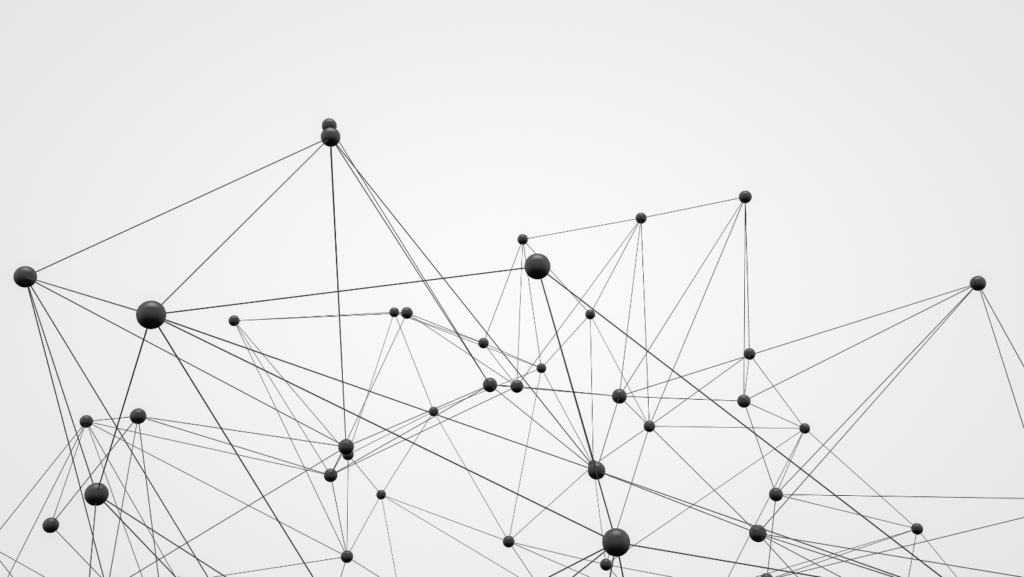An Entrepreneur’s Guide on the Blockchain Technology and Its Uses
August 21, 2024
Recently when I was reading an article that said “By 2027, the blockchain market will have a valuation of 163 billion US dollars. The digital world has finally recognized the benefits of decentralization and integrated it into its daily operations. A company may find it too much to comprehend and use the technology that has taken off.”
Let me share my insight on the latest tech and guide on blockchain technology and its uses in this blog. I will try to clarify most of your doubts about blockchain technology, including what it is, how it works, and how it can revolutionize the world.
Alok Kashyap | Hi! Let me self introduce myself, I am Alok Kashyap a tech professional with a vivid career as a program manager in The United States. Those who are close to me often say ”Automobile, tech, and passion for entrepreneurship are the three things that drive Alok Kashyap!”
Alok Kashyap


What Is Blockchain?
Blockchain is a distributed database that is shared by multiple system nodes. The reason it is named Blockchain is that it gathers data in encrypted blocks that are connected to other sets of blocks to create a virtual chain. The development of numerous cryptocurrencies, dApp monetization Smart Contracts, Defi (Decentralized Finance) apps, and NFTs (Non-Fungible Tokens) preceded the general adoption of the Blockchain concept.
Blockchain's Effects Go Beyond Cryptocurrency
As we continue to investigate this technology, we find that Blockchain is not limited to asset tokenization and well-known cryptocurrencies. Technology is about much more than just digital money, which increases in value every hour by a factor of bigger than its previous worth. While the widespread acceptance of Blockchain technology has been confined to its role in the development of Bitcoin and other cryptocurrencies, several other applications are currently being developed steadily. This demonstrates the promise of decentralized technology and the undeniable influence of blockchain on business across many industries.
These days, businesses use blockchain technology and its various features, like as ICOs and smart contracts, for a variety of objectives that are related to their daily operations. Because of these built-in characteristics, blockchain is now used in a number of sectors, including FinTech, Real Estate, Agriculture, Healthcare, Education, Manufacturing, Retail, and On-demand.
The Four Elements of Blockchain Technology's Foundation
Now that we are aware that blockchain extends beyond transactions and cryptocurrencies, let’s examine the technologies that serve as the foundation for blockchain technology and how it advances technological advancement.
Businesses and startups that incorporate blockchain technology into their business plans often opt for the initial coin offering (ICO) fundraising strategy.
This is how it functions:
Pre-Announcement: The initial phase of an initial coin offering (ICO) is when the plan is put together. At this point, marketing campaigns are launched on websites that ICO investors frequently visit, and the white paper—which contains the project’s details—is being produced.
Offering: It consists of the written terms and conditions of the contract that are given to the potential investors. Investors are offered the financial instrument known as a crypto coin in exchange for their capital. Each crypto coin has a unique toe assigned to it.
Campaign for Marketing: This is the phase in which the real work is done. The target audience for the campaign is small investors and institutions, and it usually lasts up to one month.

Blockchain-Based Solutions for Your Company
The business world is entering the most revolutionary era thanks to blockchain technology, as forward-thinking companies, inventors, and investors embrace blockchain solutions to promote transparency and trust. Let us determine which Blockchain solution is most suitable for your organization, ranging from developing mobile applications to facilitating international transactions.
Regardless of the industry being examined, Blockchain for Transactions can have the following effects:
Enhanced Openness and Data Security
Virtual distributed ledgers, or blockchains, are devoid of all these drawbacks. Transactions are kept in a structured manner, encrypted, and unchangeable. All nodes can access them, but they cannot be changed.
Removal of Middlemen
Blockchain transactions are confirmed by miners who work around the clock to solve mathematical puzzles; third parties do not mediate or verify blockchain transactions. As soon as these calculations are completed, the transaction is validated and added to the distributed ledger.
Effectiveness in Communities
The largest benefit of blockchain technology is probably how quickly settlements can be completed. Processing delays are minimized since there are no middlemen and all verification is logic-based, requiring no human intervention.
I hope I was able to cover the most about blockchain technology. The only widely recognized way to prevent confusion regarding blockchain is to familiarize yourself with the technology by perusing the various bits of information available on the internet and trying to gather all bits of knowledge.
Recent Posts
Have Any Question?
Got a question or need clarity? I’m just a message away. Whether it’s about my work, collaborations, or general inquiries, I’m here to provide the answers you need.
- +1 (331) 243 0116
- alokkashyap1@gmail.com
Categories
- ABOUT ME
- ACHIVEMENTS
- GALLERY
- CONTACT ME

